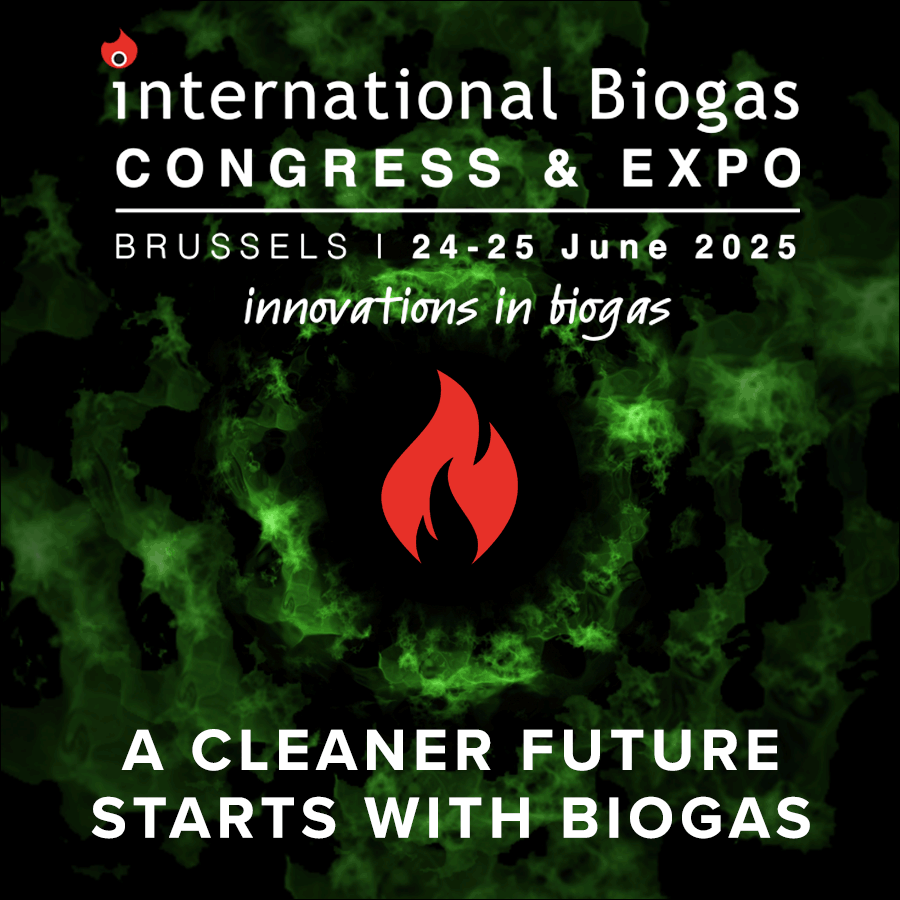High-purity hydrogen produced from biogas in Austria
Green hydrogen is seen as a ‘beacon of hope’ in the energy and mobility revolution, the university said, but it is not yet suitable for mass production, for several reasons. Hydrogen is currently produced mainly centrally from fossil raw materials. It then has to be compressed or liquefied in an expensive, energy-intensive process to be delivered to filling stations, for example. Expensive infrastructure with high investment costs is needed to store large quantities of hydrogen.
For a nationwide supply of hydrogen, decentralised production will, therefore, be ‘indispensible’ in the future, said the university, and will ideally be climate neutral from locally available renewable energy sources.
In 2020, TU Graz, led by process engineer Viktor Hacker, together with Rouge H2 Engineering, presented a sustainable process for decentralised hydrogen production, the so-called ‘chemical-looping hydrogen method’. The research results led to a compact on-site on-demand plant that can produce hydrogen from biogas, biomass, or natural gas.
“We demonstrate that a chemical looping system can be integrated into an existing biogas plant,” said Vicktor Hacker from the Institute of Chemical Engineering and Environmental Technology at TU Graz.
“High-purity hydrogen for fuel cells is produced from real biogas, not only in the laboratory but actually on an industrial scale.”
The real biogas – methane from pig manure, Glycerol phase, silage maize and grain residues – comes from the southern Styrian company Ökostrom Mureck. There, they are very interested in this additional mainstay, said TU Graz.
Rouge H2 Engineering and TU Graz built the demonstration plant on the company’s premises in Mureck this summer. The 10 kW plant diverts around 1% of the biogas flow (approximately 30 litres per minute) and mixes it with steam. The mixture flows into the plant’s reactor. There, the biogas is reformed and syngas produced. This gas subsequently reduces iron oxide to iron. Then steam enters the reactor, which reoxidises the iron back to iron oxide – releasing hydrogen with a purity level of 99.998%.
“If instead of 1% we were to channel the entire biogas flow of the Mureck biogas plant (around 48 m3 per hour) through a correspondingly up-scaled chemical looping plant, we would even arrive at a 3 MW hydrogen production plant,” said Rouge H2 project manager, Gernot Voitic.
“This means the technology is now ready for commercial use. We can also produce decentralised hydrogen from real biogas on a large scale. All it needs is a little space for our plant. We are, therefore, open to orders from the biogas industry with immediate effect.”
























